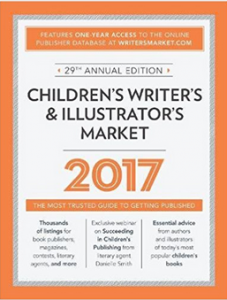1. For what age group will you write?
“Reader first.”
What will best serve the reader? This is the absolute bottom-line advice of Jerry Jenkins, 21-Time New York Times Bestselling Author of the Left Behind Series. Tape these words to your writing space. Without your reader, your message will not be communicated.
So obviously, when your reader is your first consideration, you need to know your reader as well as possible. You intend to take your reader on a journey, and your reader must be able to trust you to bring him safely through that journey.
Traditional age categories for children’s literature are: Infant and Toddler, Preschool, Beginning Reader, Primary Grade, Middle Grade, Young Adult. Now Young Adult is divided into Tween, Teen, and Young Adult (high school). In the same way, publishing is beginning to more precisely delineate developmentally appropriate material for the youngest children.
 Perhaps the quickest way to get an overview of the field of children’s publishing is to find a copy of the newest edition of Children’s Writer’s & Illustrator’s Market published by Writer’s Digest Books. You can take a look inside this book and read Amazon reviews here. Most larger public libraries should have a copy.
Perhaps the quickest way to get an overview of the field of children’s publishing is to find a copy of the newest edition of Children’s Writer’s & Illustrator’s Market published by Writer’s Digest Books. You can take a look inside this book and read Amazon reviews here. Most larger public libraries should have a copy.
Probably the quickest way to look at a quantity of the best children’s books, new and classic, is to visit the children’s room of the largest public library in your area. Introduce yourself to the Children’s Librarian if you can, the one with the Master’s Degree in Library and Information Science. Not everyone who works in a library is a librarian with a graduate level of education and expertise. Ask her to point you in the direction of how to start becoming familiar with the collection. Find out how many books you can check out at one time, and for how long. And stay awhile, looking at the books and observing the children and adults who come into the children’s library.
With what age are you most familiar? With what age do you most enjoy spending time? With what age do you most empathize, i.e. identify with, sympathize with, understand, share the feelings of, feel in tune with?
Consider the adults who may be reading to or with the children in your age group. They, too, are part of your audience, and a very important part. When writing for very young children, you are also writing for parents, grandparents, child care providers, babysitters – including older brothers and sisters, relatives and friends – teachers and children’s librarians. Hopefully the people who purchase your book will include the child in making the choice, though often that is not possible.
One of the most satisfying acts of giving is to select “the right book for the right child at the right time.” This is why there is a reader for just the book you want to right. I recently read, “Write the book you needed to read as a child.” I don’t know the author of this sentence, so I just now googled it and got about 539,000,000 results. I suggest you do the same, and read some of the wonderful advice available online about writing a quality children’s book.
I would love to hear from you about your writing journey; feel free to comment and share your ideas.
